
In the Netherlands, it’s impossible to ignore the vibrant hue of orange. From street celebrations to football matches, this color dominates the Dutch landscape. But have you ever wondered why the Dutch like orange so much? It’s a fascinating cultural phenomenon that goes beyond mere preference. Let’s delve into the history and symbolism behind the Dutch love for orange.
The Historical Significance of Orange
The love for the color orange in the Netherlands is rooted in the country’s history. The Dutch royal family, known as the House of Orange-Nassau, holds a significant place in Dutch culture. The ‘House of Orange’ started in the 16th century, a period of important historical events for the Dutch.
The House of Orange-Nassau
The House of Orange-Nassau started back in 1544 and has been a big part of Dutch history since then.The house was founded by “William of Orange”, also known as “William the Silent” and “Father of the Fatherland”. William was the main leader of the Dutch revolt against Spanish rule, which led to an independent Dutch state after the Eighty Years’ War.

“William of Orange” was born into the German House of Nassau. When he was young, he inherited the Principality of Orange, which is in southern France. He got the title “Prince of Orange” from his cousin, René of Châlon, who didn’t have any kids and left it to William in his will. This title was pivotal in igniting the Dutch Revolt, leading to the formation of an independent Dutch nation-state, the Dutch Republic.
The Prince’s Flag
William of Orange didn’t just lead, he also gave us the Prince’s Flag, which is the oldest Dutch national flag. Originally, it had orange, white, and blue stripes, but they later changed the orange to red around 1630. We’re not exactly sure why.
Some experts think red was easier to see at sea, which was important for a country like the Netherlands that did a lot of sailing. Others think the orange dye just turned red over time, so they made it official. Either way, the House of Orange’s impact on the flag shows how important the color orange is in our history.
The Importance Of Orange Color In Dutch Lives:
The connection between the Dutch royal family and the color orange continues to this day. The current head of the House of Orange-Nassau is King Willem-Alexander. The royal family’s ties to the color orange are celebrated in various ways throughout the Netherlands.
Orange in National Celebrations
One of the most significant events where the Dutch wear orange is King’s Day, celebrated annually on April 27. On this day, Dutch streets, canals, and people are adorned in orange to honor the reigning monarch’s birthday. The festivities create a sea of orange, symbolizing national pride and unity.

Orange in Sports
The color orange is a prominent feature in Dutch sports. The Dutch national football team, known affectionately as ‘Oranje’, wears bright orange uniforms.. This tradition extends to other sports such as hockey and rugby. The sight of the Dutch team in their orange uniforms is a source of national pride, and their fans, known as the ‘Orange Legion’, , often dress in orange to cheer them on.
Orange in Dutch Culture
Beyond historical and royal connections, the color orange is deeply embedded in Dutch culture. It is used in various ways to express national pride, unity, and identity.
Orange in the Dutch Flag
Even though the Dutch national flag is red, white, and blue, you’ll often see an orange pennant flying above it. This orange addition represents the Dutch monarchy and is hoisted during events linked to the King or Queen.

Orange in Dutch Food and Agriculture
The color orange has even found its way into Dutch food and agriculture. In the 17th century, the cultivation of orange carrots increased in the Netherlands, further linking the color to Dutch economic prosperity and culture.
Conclusion
The Dutch’s affinity for orange is deeply rooted in their history, sports culture, and desire for self-expression. It’s a color that unites, represents national identity, and exemplifies the Dutch spirit.





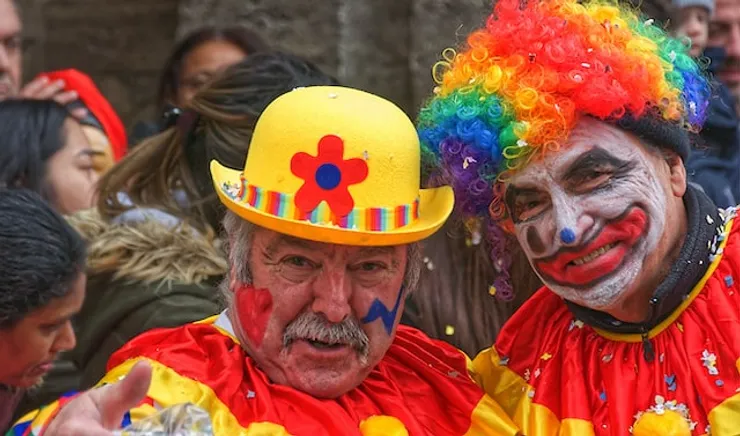
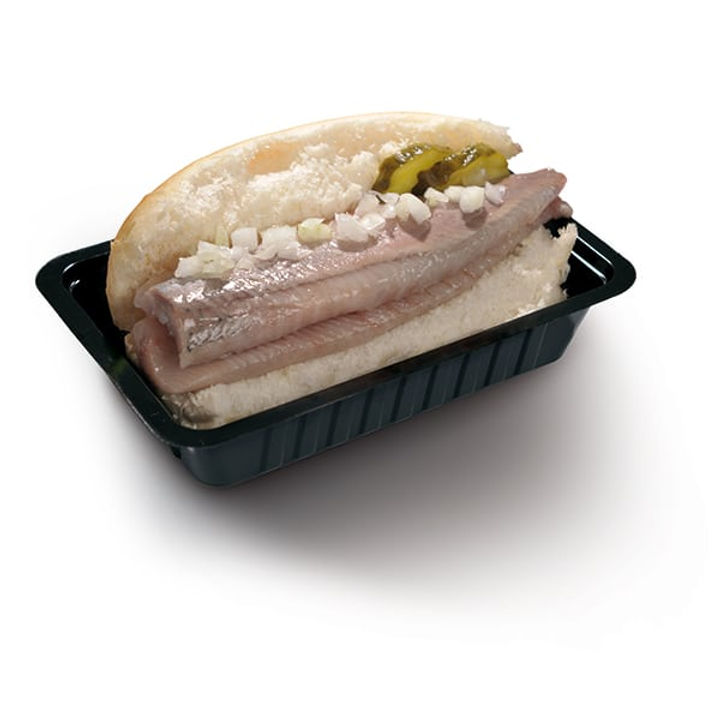


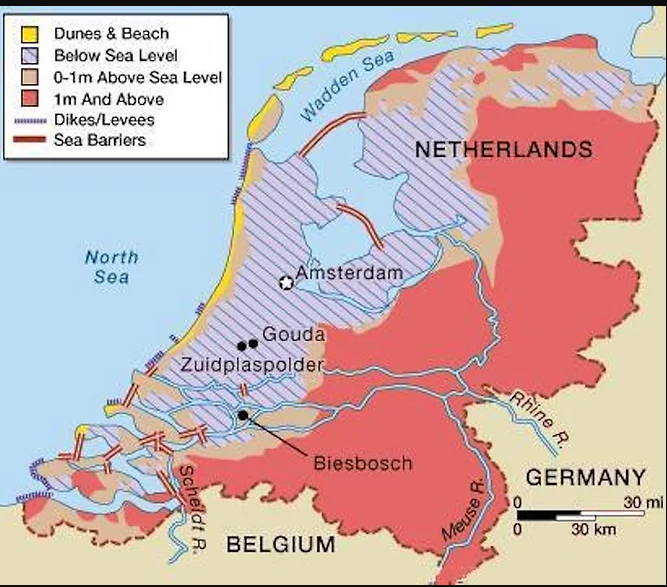

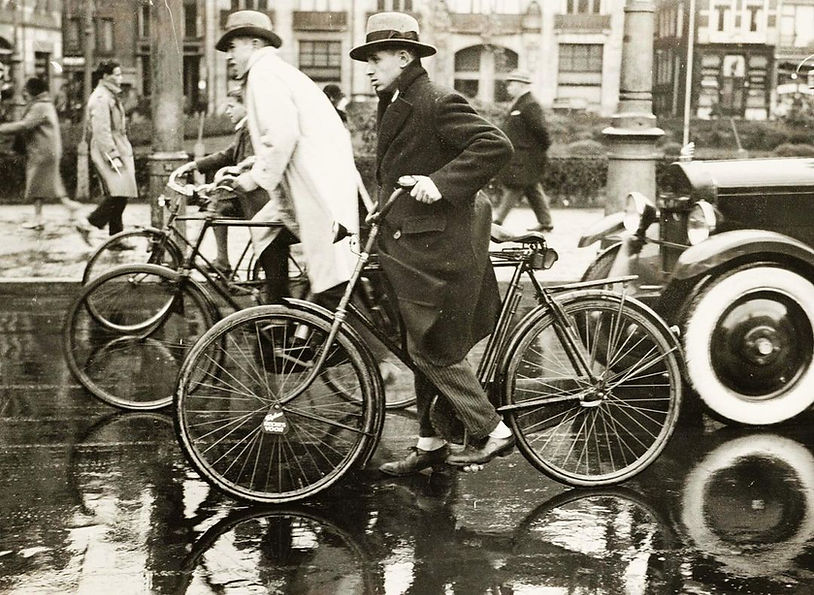
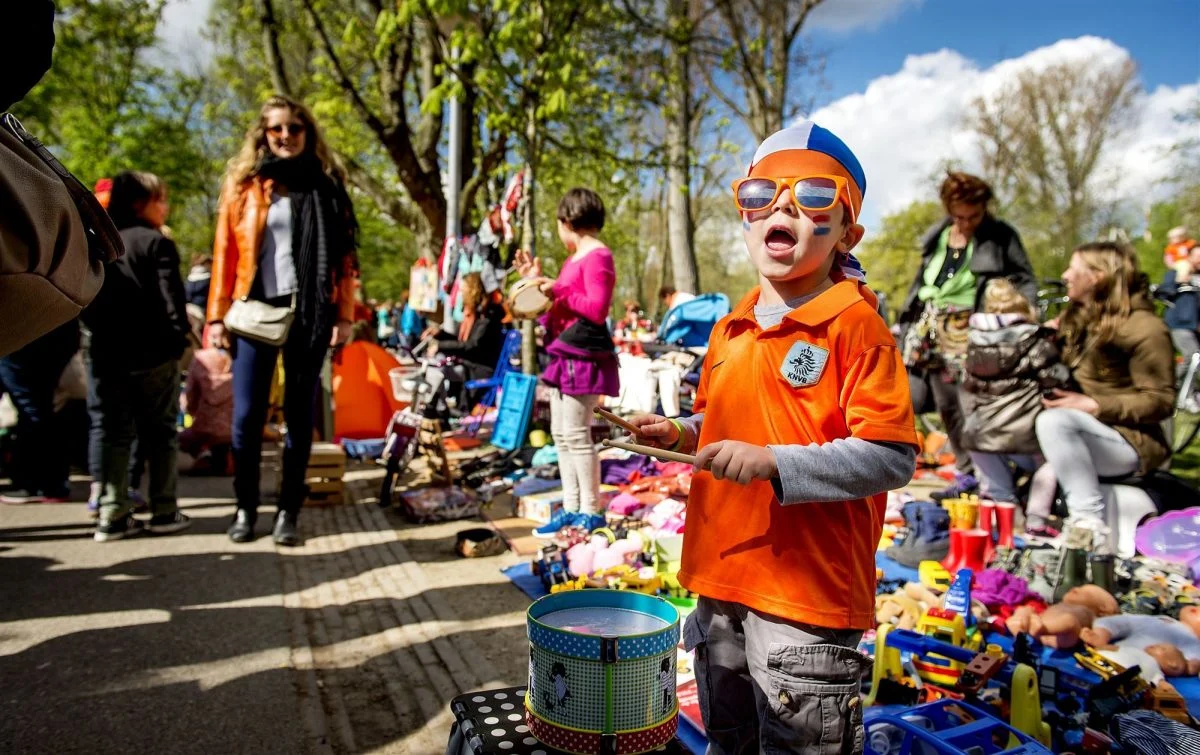
Leave a Reply